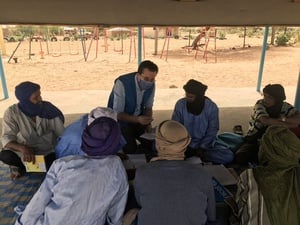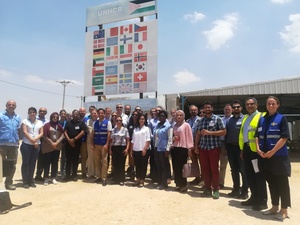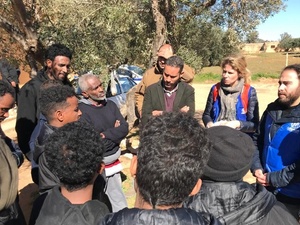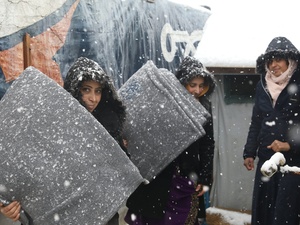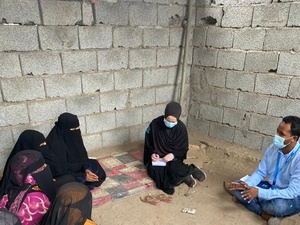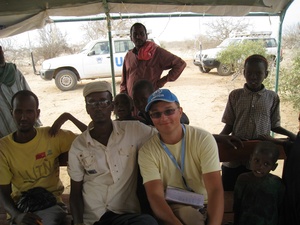Stories from the Field: “This region has a long history of helping displaced people”
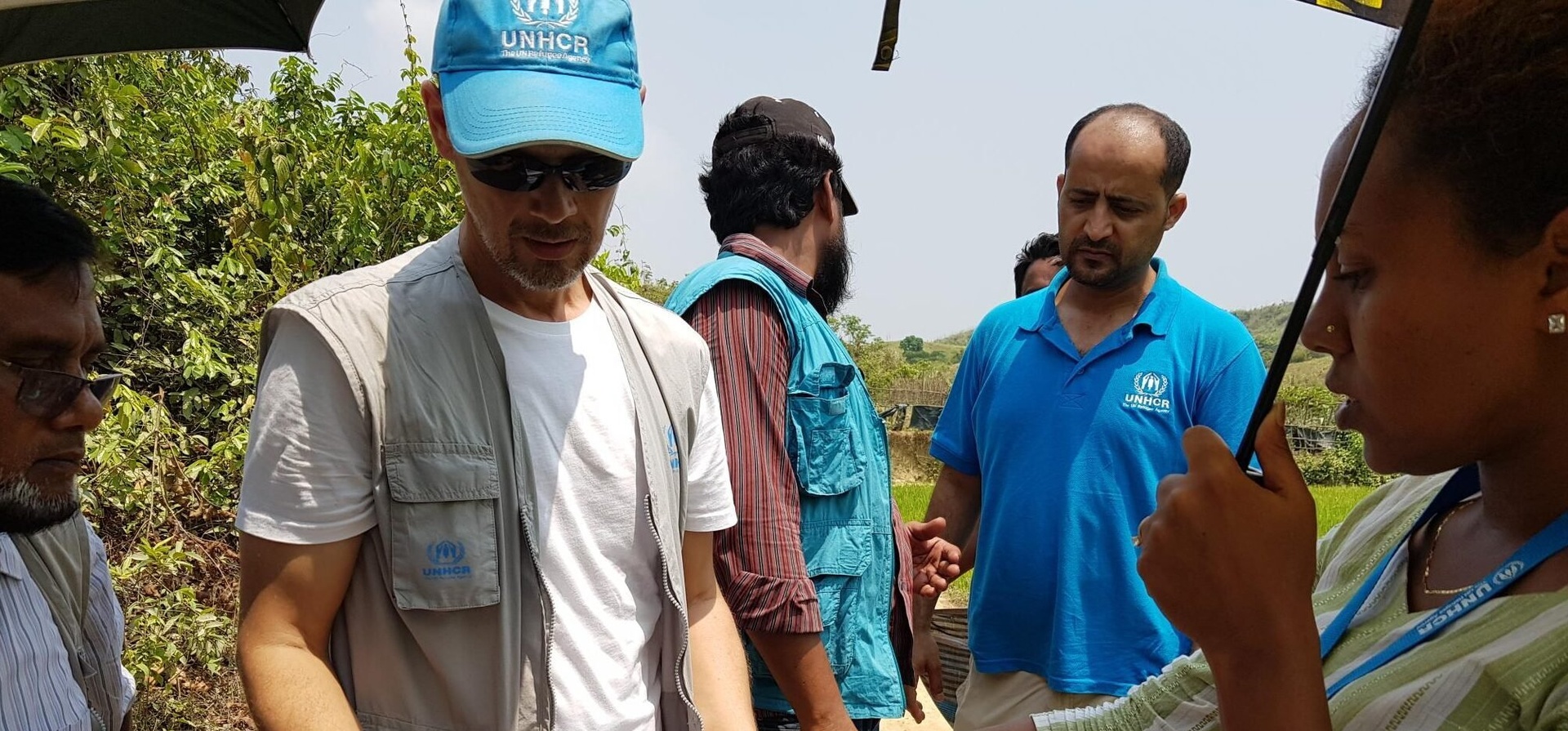
Stories from the Field: “This region has a long history of helping displaced people”
“Stories from the Field” is an interview series providing insight into the daily lives of some of our Northern European colleagues, working for the organization all over the world.
Halfdan (Hago) Kjetland is working in Cox’s Bazar in Bangladesh, currently considered the largest refugee settlement in the world. The area hosts nearly 900,000 Rohingya refugees, a stateless minority fleeing persecution in the neighbouring country Myanmar.
Why did you choose to work for UNHCR?
“I actually did not know much about UNHCR before I started. I joined more or less by chance. I had enrolled into the NORCAP roster (a talent pool run by the Norwegian Refugee Council) and that way ended up working for UNHCR. Initially, I just knew about the High Commissioner himself, as the role had previously been held by former Norwegian Foreign Minister, Thorvald Stoltenberg. It was an eye-opener to learn about what the UN Refugee Agency does and why it exists – I find it incredibly inspiring. And then I found out that my birthday is on World Refugee Day.“
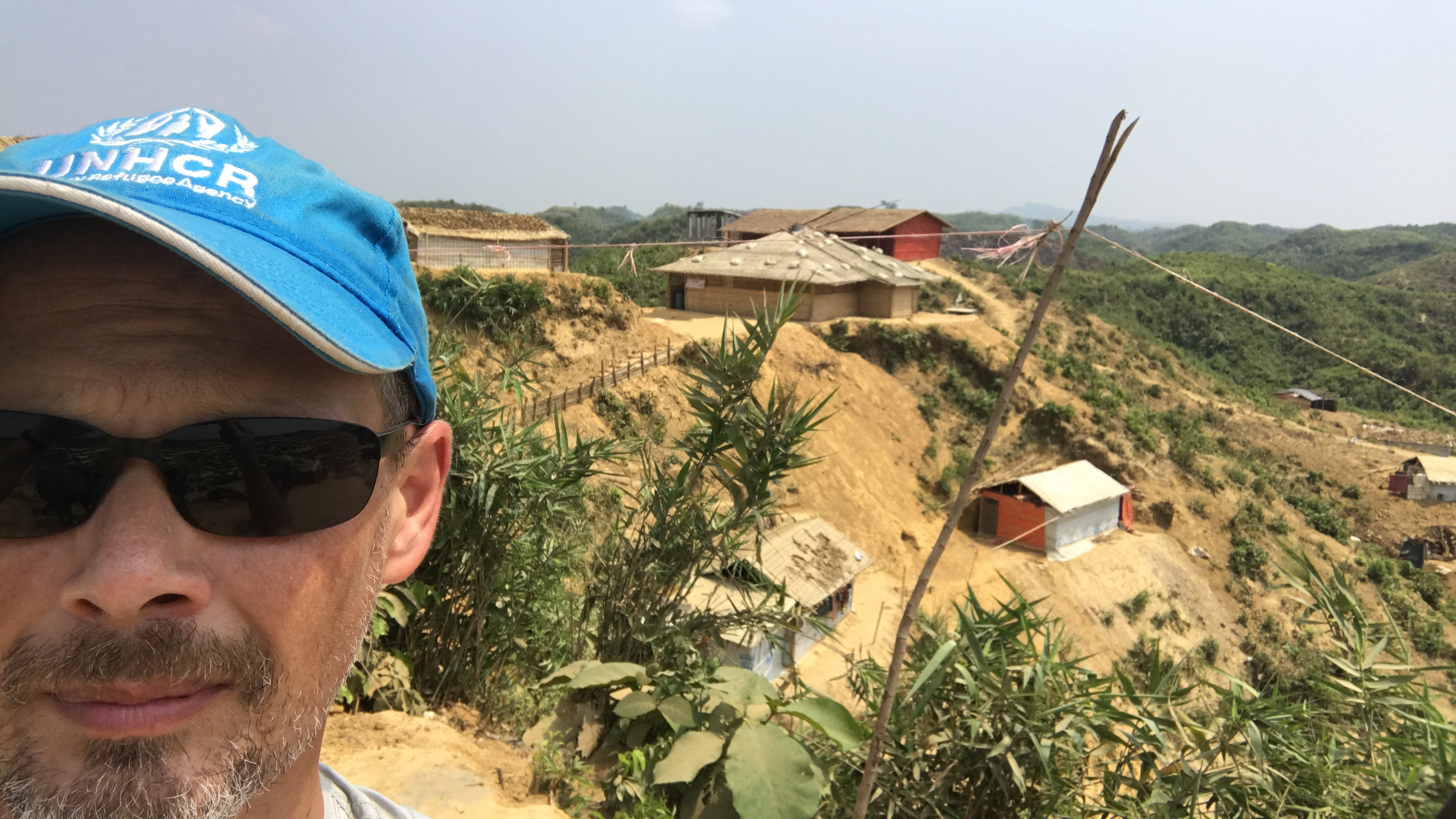
How would you describe your work?
“I work as the Senior Shelter Officer in Cox’s Bazar, Bangladesh. We’re a team of 18 people, mostly engineers and settlement planners. At the moment, we are working on trying to change the humanitarian and government actors’ mindset to view the camps as an urban context. We realized quite quickly that the population density of the camp is almost as high as in Dhaka and Manila – cities with population densities among the highest in the world. And everyone is living on the ground floor.
We’ve been trying to re-direct our thinking toward an urban context, rather than camps. The Cox’s Bazar refugee settlements are really urban settings. For example, we build a lot of roads, footpaths, bridges and drains – more than 700 kilometres to date if they are added up. Other than that, we do a lot of construction for other units, such as health facilities, education centres, and warehouses.
We have also been pushing for double-storey housing, in order to free up space on the ground. Fortunately, three weeks ago, we received the approval for wind resistant steel-frame double-storey shelters. This is especially important considering that we have two cyclone seasons every year.
There have been refugees in Cox’s Bazar for decades, perhaps centuries. The refugees belong to the Rohingya ethnic group, who are persecuted in Myanmar. In 2017, violence against the Rohingya escalated in Myanmar and there was a large influx of refugees from the country. This region also has a long tradition of helping displaced people.”
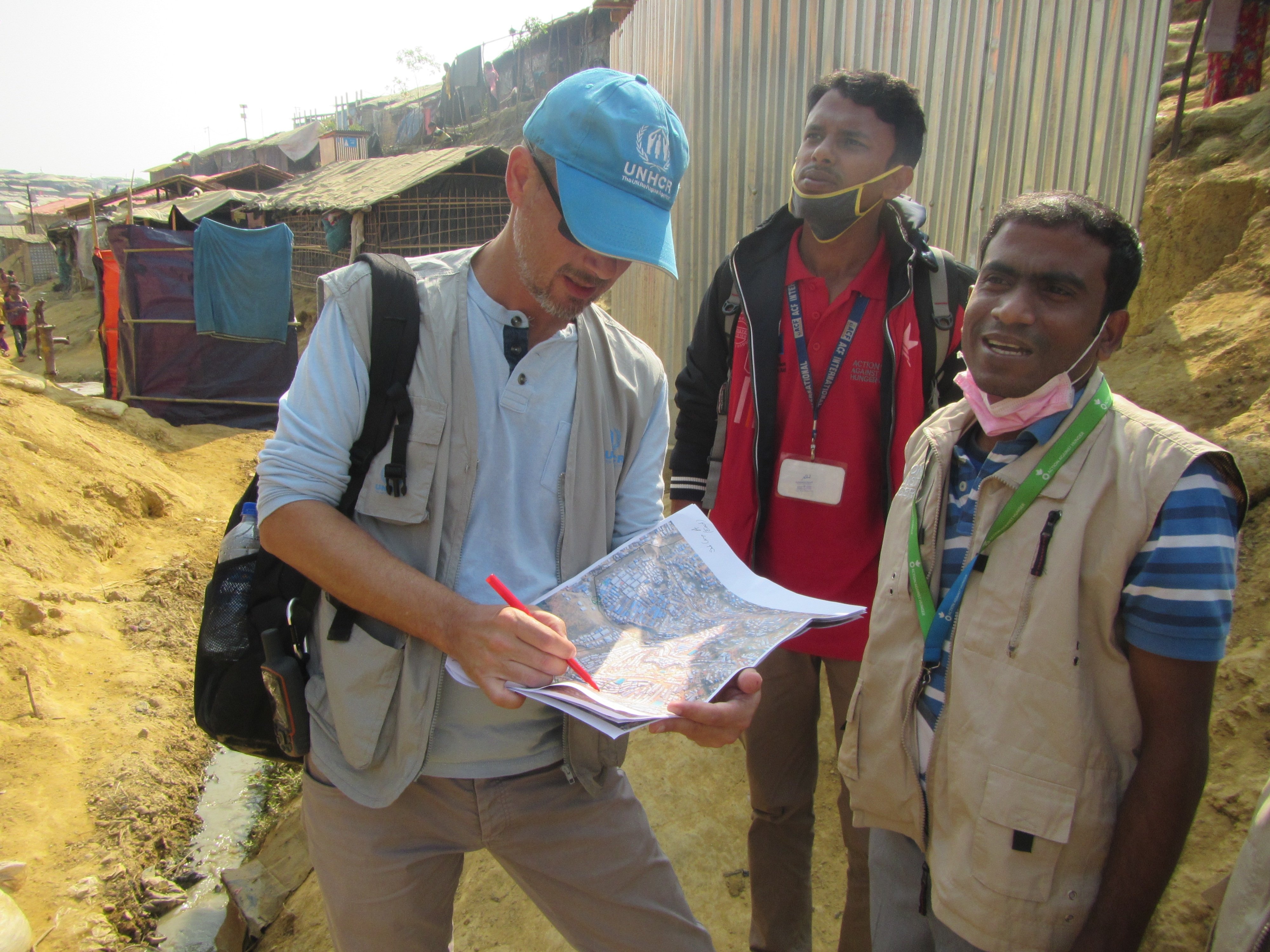
What are some of the best experiences you’ve had, working for UNHCR?
“I’ve been struck by the immense dedication of the colleagues. This was especially clear during my first year, as part of the emergency deployment. The amount of time and effort people put into their work was really amazing. Although the emergency has now calmed a little and we have more regular working hours, the team continues to be really dedicated. Perhaps the biggest achievement so far was getting the approval to build two-storey housing. We now have a tool to be able to solve a big problem. In practice, the approval means that we will be able to create some breathing space for refugees. This could mean more public meeting spaces, playgrounds, new school facilities, and more space between shelters.”
What are some of the challenges you’ve experienced, working for UNHCR?
“In my experience of coming from the private sector, I feel that we spend a lot of time reporting and filling in documents. I understand that it’s important, but of course it can also feel quite time consuming.
From an environmental point of view, we have had a big problem with plastics in the camp. Although we still have a lot of plastic, UNHCR were very quick to introduce jute bags as an environmentally -friendly alternative. Considering that Bangladesh is a major jute-producing country, the jute bags can be locally sourced. It’s great to see solutions like that.”
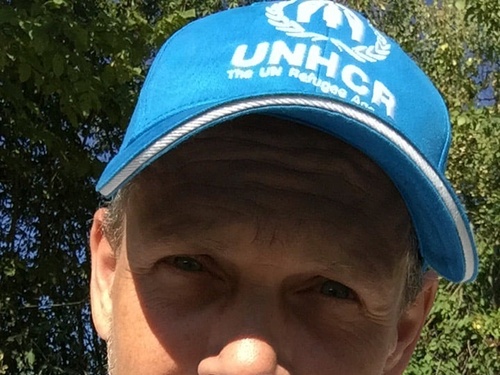
Halfdan (Hago) Kjetland in UNHCR
- Senior Shelter Officer in Cox’s Bazar, Bangladesh
- Originally from Norway
- Architect
- Started working for UNHCR in 2017
- Previously worked in the private sector


